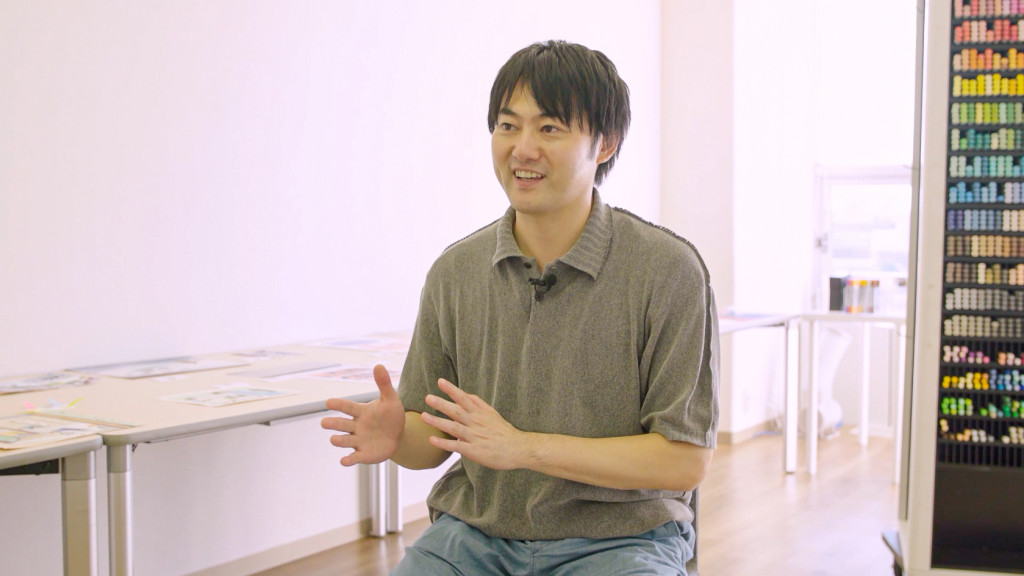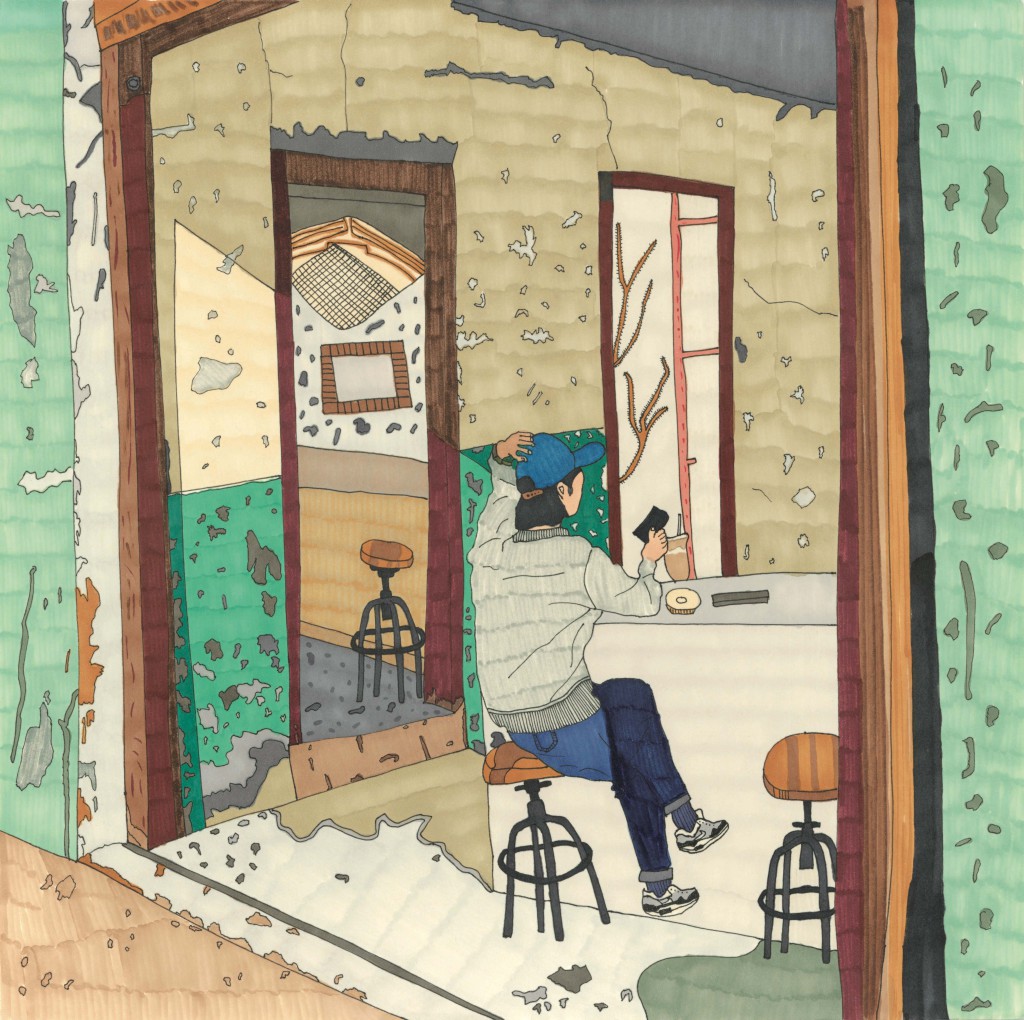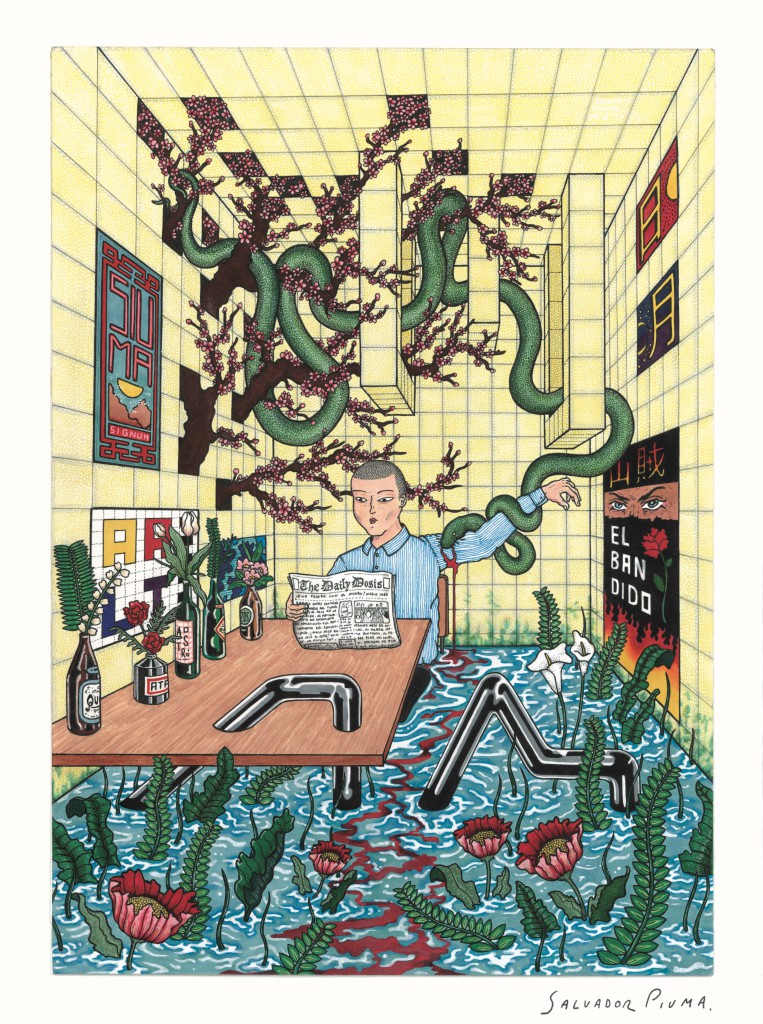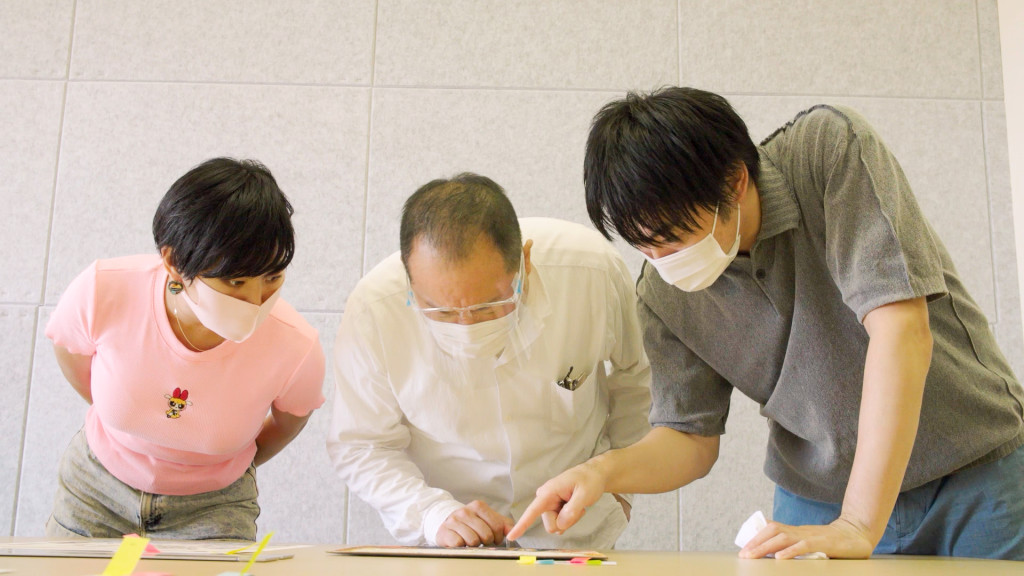【Interview】COPIC AWARD 2020 Judges: Teiya Iwabuchi
We are pleased to present a series of interviews with the judges of the COPIC AWARD 2020: Teiya Iwabuchi, Takeshi Obata, Yurie Sekiya, Chisato Tsumori, and Kei Matsushita.
We asked them about their impressions of the judging process, the difference between online judging and seeing the actual works in person, the combined use of Copic and digital. We also received their message for those who still not decided to apply for the COPIC AWARD 2021.
The first interview is with Mr. Teiya Iwabuchi, the Chief Editor of Bijutsu Techo magazine.
He has taken the initiative in selecting works that will further expand the possibilities of Copic markers, which lead to the diversity of the COPIC AWARD.
Interview with Teiya Iwabuchi

|
Teiya Iwabuchi (Twitter) Iwabuchi is the chief editor of Japanese prestigious art magazine Bijutsu Techo. He began his position in the Editorial Department of Bijutsu Techo in 2002 and has been in that current post since 2008. He also serves as a board member of Bijutsu Shuppan-Sha Co., Ltd. and launched OIL by Bijutsu Techo (art EC service/gallery) in 2019. Iwabuchi has been involved in a wide range of today’s various art scenes, as both a judge for art competitions and as a guest in talk events. |

Q: What are your thoughts after today's final judging round?
I chose 10 entries out of about 4300 in the first judging round. The entries chosen by the judges didn't coincide with each other, so it was a lot of fun to see the actual artworks selected by the other judges as well as the ones I picked.
Q: Is there any difference between COPIC AWARD and other competitions?
I often judge fine art-oriented competitions, but most competitions aren't limited to using one art material. Seeing about 4,300 artworks, I was able to realize that so many different variations are possible even with just one type of art material. This was also the first time I had the opportunity to see the entries submitted from all over the world, so it was a different kind of fun and exciting experience.
Q: What criteria did you use to choose the nominations in the first round of judging?
As an overall trend, many of the entries were drawn in great detail. I usually look at paintings and pieces that are a bit more conceptual, so I tried to choose pieces with strong compositions and motifs, rather than artworks that were just finely drawn. I think that I chose pieces that have what I would call 'pictorial thinking,' which demonstrates the wide range of artistic expressions that can be achieved with Copic products. Comparing to the entries chosen by other judges, I think I picked my nominations based on that idea.

Q: Please let us know your thoughts on the piece that you chose for the Judges' award.
The piece has a sense of young people nowadays. It has a down-to-earth, yet stylish and light-hearted feel to it. I liked it because it wasn't simply a flashy or catchy piece of art, but a calm piece that uses space in a great way. Also, I liked the colors used and the character modelings.
The color scheme has a calm tone, but I like how bright colors and a bit of blue are used at key points. I think the color combination is beautiful, and I found it's even better when I saw the actual piece.
Also, I liked the piece by the young Argentine artist who came in second place. That piece with pipes intertwined with cherry blossoms and snakes within a space soaked in water. It evokes some bizarre imagination, just like surrealism and science fiction movies. The finely detailed wall tiles are not drawn evenly but are colored with different shades one by one.
When I saw the actual piece, I found it's a detailed outstanding artwork that combines unique ideas and skills.
I didn't look at the profiles of the artists when I was judging, but I noticed that this piece is from a 20-year old in Argentina. I kind of feel like want to meet him!
I imagine the artist is interested in Asian/ Japanese culture,
so I think it would be interesting for him to have the opportunity to show his work in Japan.
I find his art interesting, and I'm looking forward to seeing more pieces in the future.
Q: How do you feel after looking at the nominated works?
The Grand Price and two Second Place winners are all quite different from one another. It's great because they showcase how different expressions can be created using the same art material, Copic markers. I think the 3 pieces that were chosen are really effective in introducing the world of Copic to new users in the future.
Q: So, does that mean pieces with outstanding individuality were chosen this year?
That's right. No matter what kind of art materials are used, I say the best artworks are the ones that express individuality without reserve. Copic markers are easy to get started with. On the other hand, oil paints are difficult to handle and take years to master, and it's a lot of work to prepare everything. Some might say the range of expressions with Copic is narrow, but I think it's interesting as a tool to create art because, again, it's easy for new users to start using them, and deep expressions are possible.

Judge's Award (selected by Teiya Iwabuchi)「今日の記憶」/susu kim

Second place「Humedo」/Salvador Piuma
Q: What do you think about the growing number of digital drawing tools?
Some artists use digital together with traditional art materials. Some draw rough sketches on a computer and then use Copic markers to do the actual artwork. I think that Copic colors are really compatible with digital. More and more people will use a combination of both methods.
Q: Are you suggesting that Copic products are suitable for use with digital art?
Yes. You don't have to separate digital and analog. The more important thing is using the advantages of each method to create synergy. It does not apply to all of the artists who were nominated this time, but it seems to me that there are people who use digital at some point in their creating process and value the unique qualities of analog that can only be conveyed through physical art at the same time.
Q: Please give us a few words regarding the next COPIC AWARD.
Judging is based on the criteria of each individual judge,
Judging for the COPIC AWARD is based on the criteria of each judge. In the case of art, there is no right or wrong and I think they shouldn't be ranked. If the judges were different, I think the results would be different. So each artist should express their individuality.
Regardless of if you were nominated or not, I think that this is just one opportunity. As is often the case with the competitions, an artist who didn't win the prize will grow more than the artist who won the prize. It's up to the artist how they interpret their results and believe and choose their path.

We appreciate Teiya Iwabuchi taking the time to talk to us.






